TL,DR; What you are seeing is primarily the result of reactive load droop sharing, with secondary loading voltage drops in the transformers and lines.
When generators run in parallel like they do to supply national grids, there are two mechanisms at play that largely go unnoticed by the local population.
Perhaps the most critical one is speed droop load sharing. It's actually pretty clever and fairly simple - every generator in parallel is programmed to have the same, predictable slow-down from no load to full load. This way if something large starts on the grid, all generators respond roughly equally, sharing the load in proportion to their full load ratings.
There is a bit more to this, of course. On a big grid, some generators like nuclear plants will be base load stations, and will hardly respond at all to these changes. On the other extreme are peaking stations like natural gas turbines, which can easily react very quickly to truly large shifts in grid loading. This kind of a set up makes the best use of both resources.
But this speed regulation trick doesn't help with reactive loading. In brief for those uninitiated, reactive load consists essentially of those back-and-forth exchanges of current between capacitive and inductive loads that do not result in the delivery of real power.
But we can use a similar trick by using a voltage droop regulator on the output of every generator on the grid. From no-load to full-load, every generator will have roughly the same drop in output voltage. People live and work in daily cycles, and as a whole bunch of inductive, motor operated loads start up, the grid voltage comes down a bit to keep things balanced. This usually hits hardest in the early evening, with a noticeable bump around breakfast time (usually).
These two systems work in concert to ensure that no single unit on the system ever absorbs an amount of real or reactive load that it can't handle (at least until something really unexpected happened). Of course, additional losses are incurred in steps between you and the grid, but I cannot give you exact proportions without detailed equipment information.
